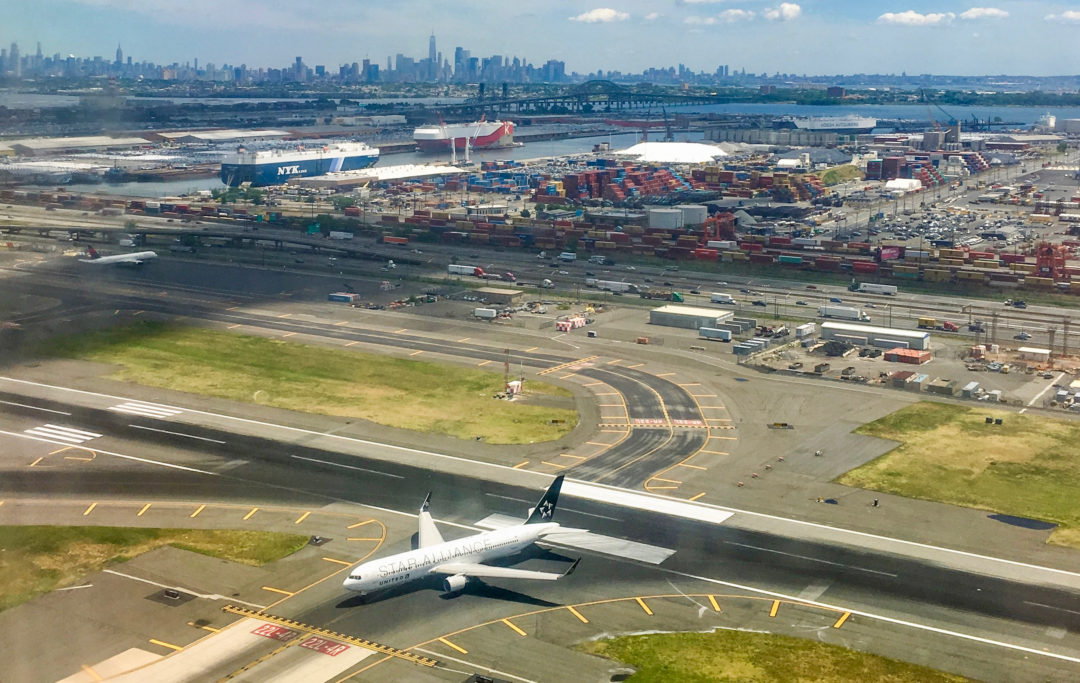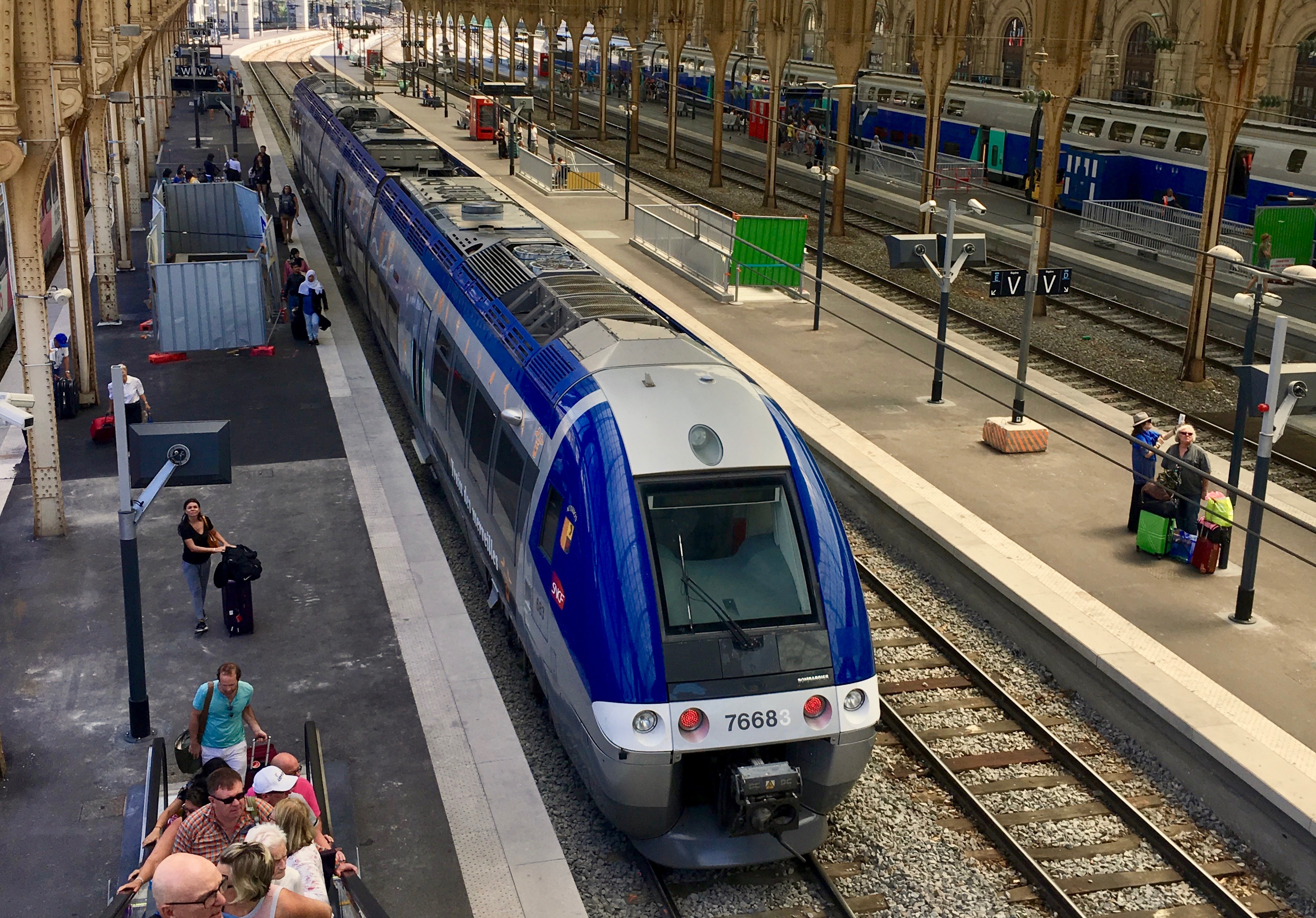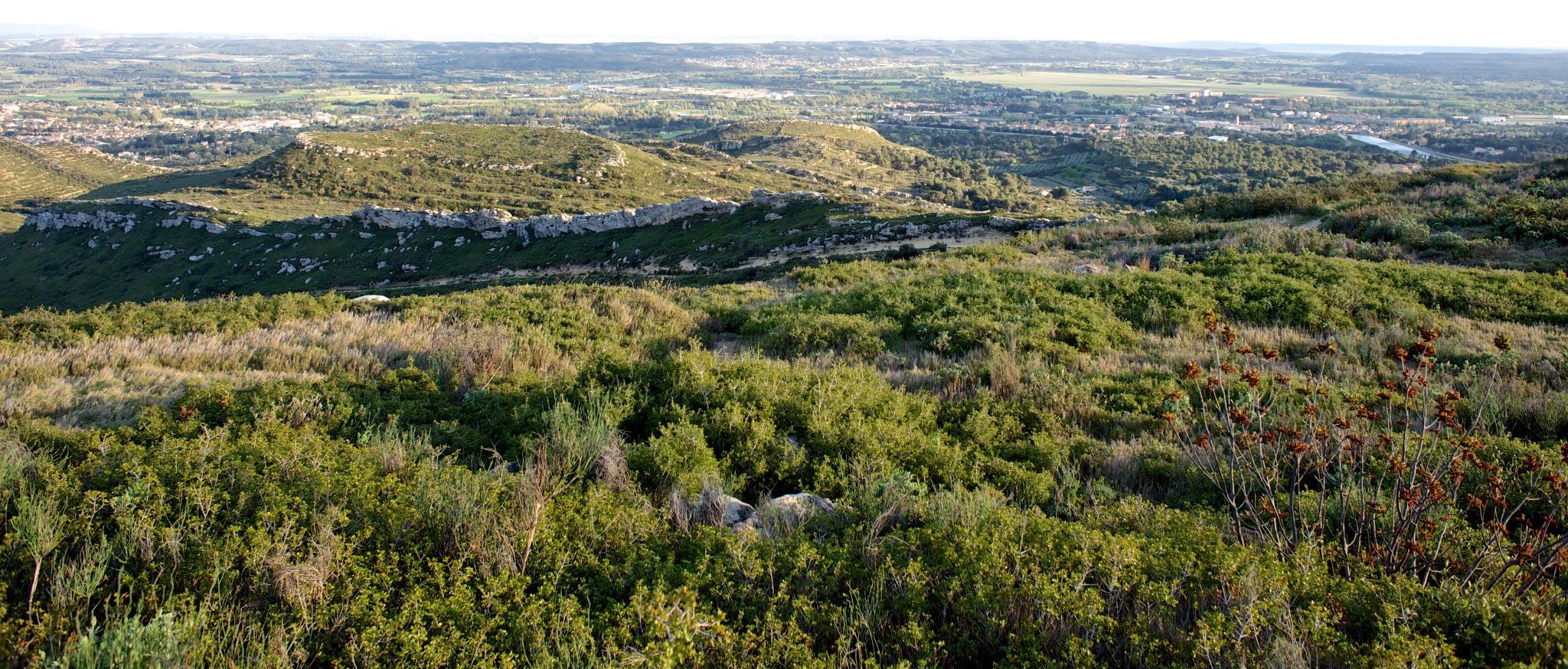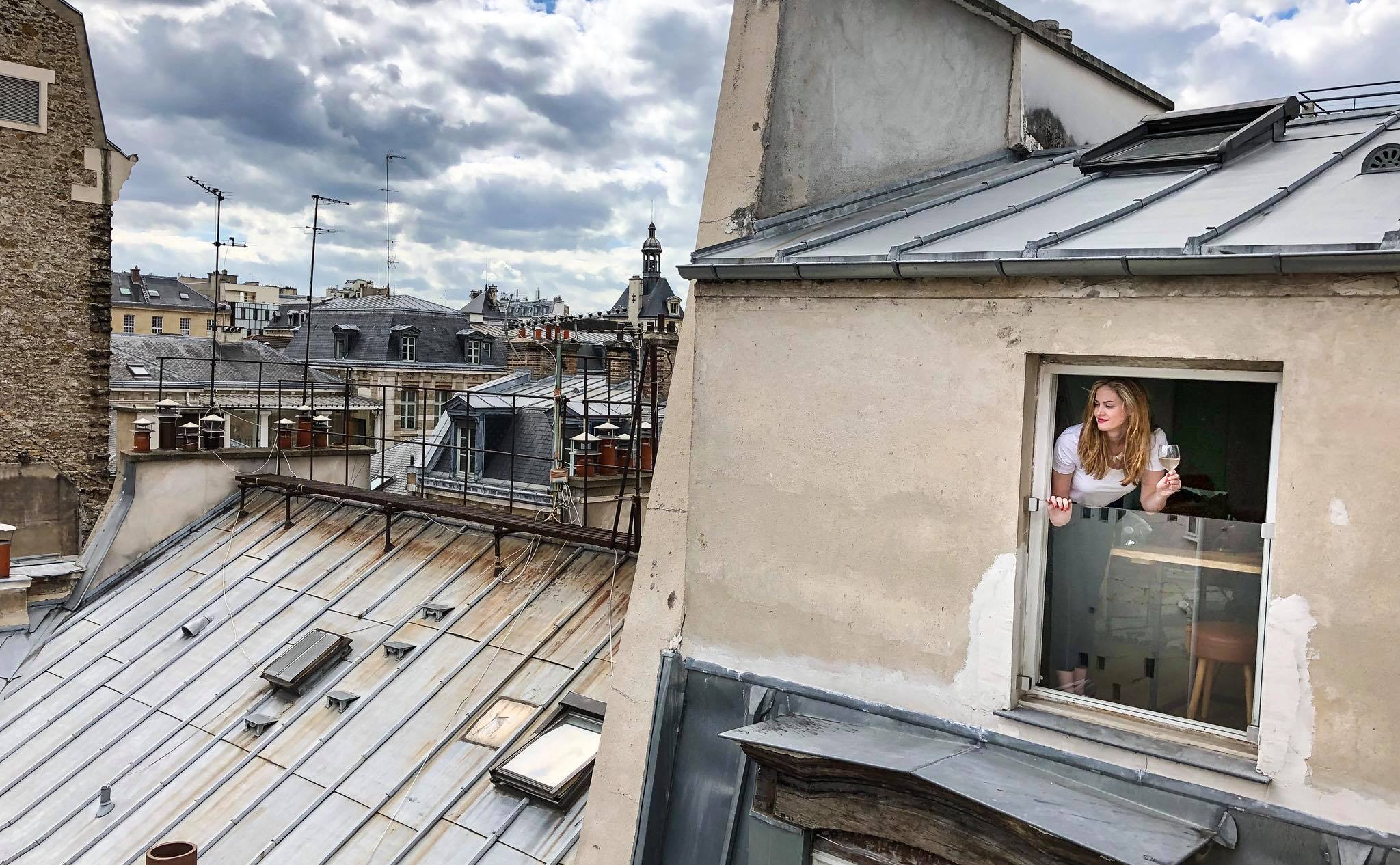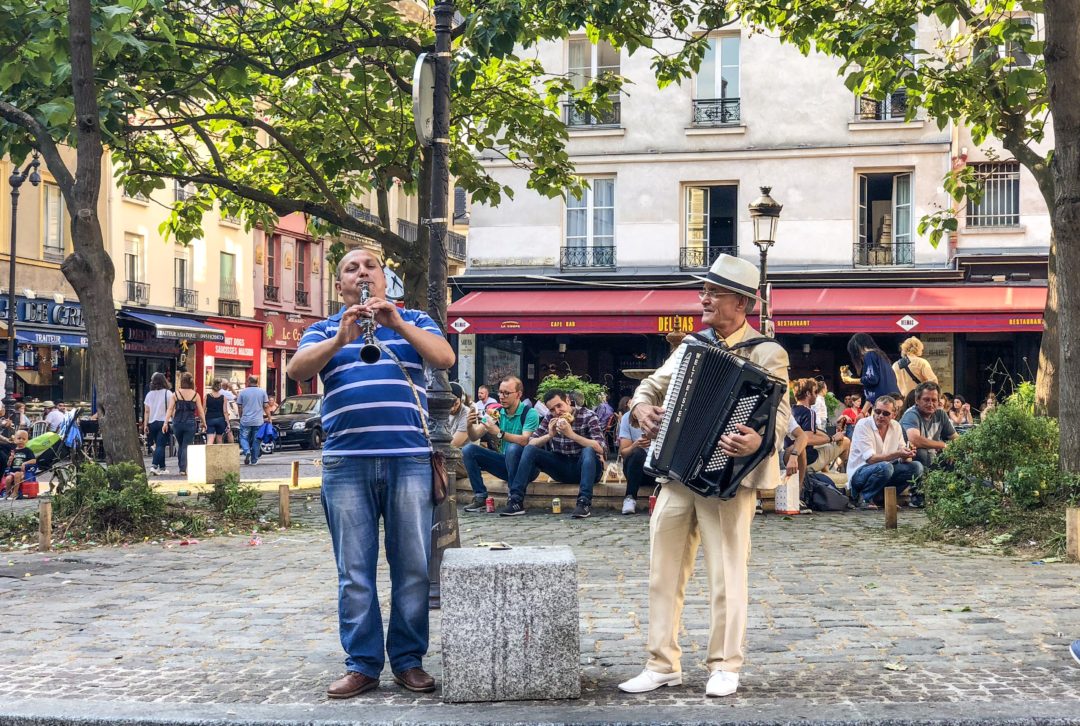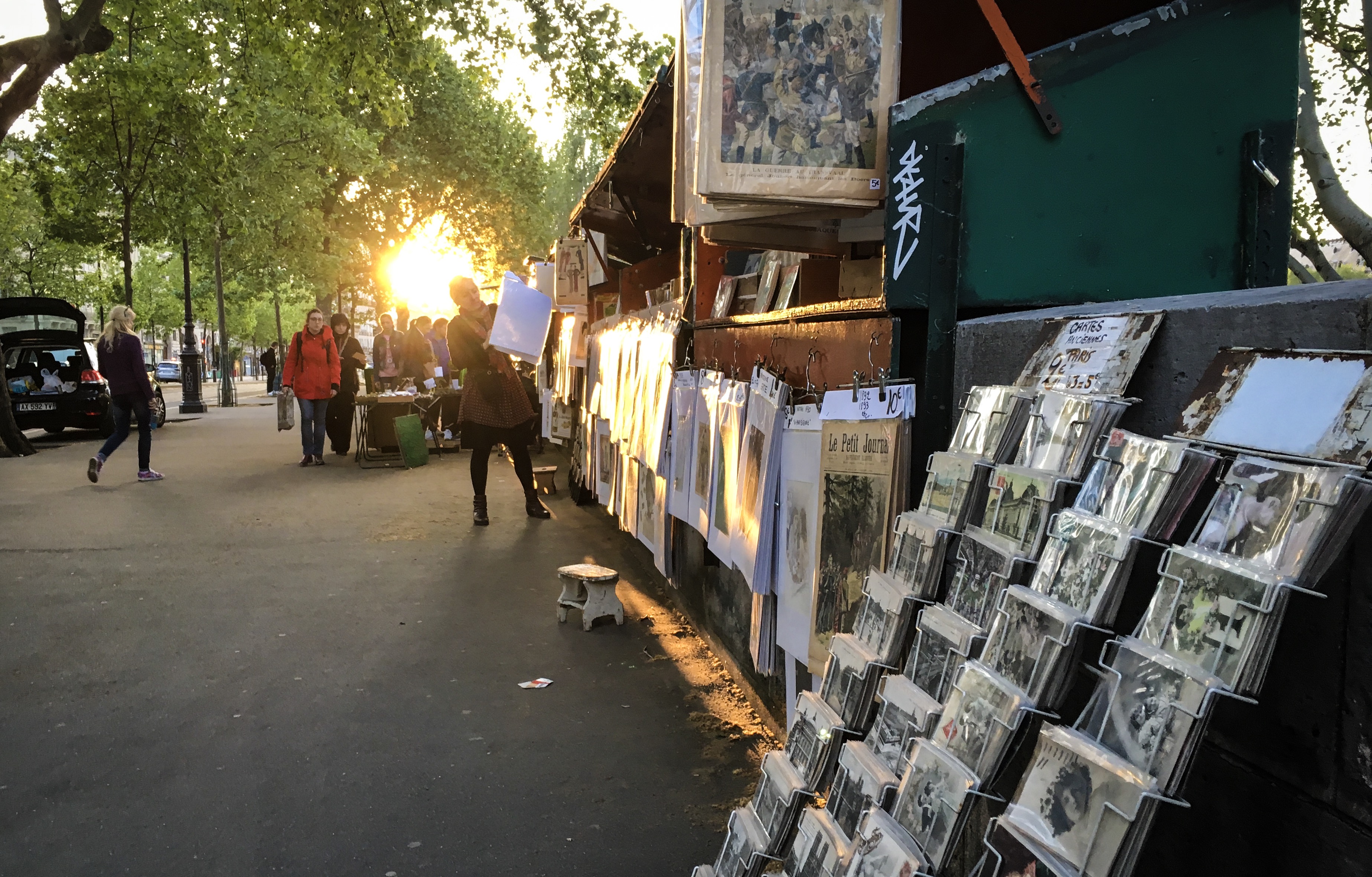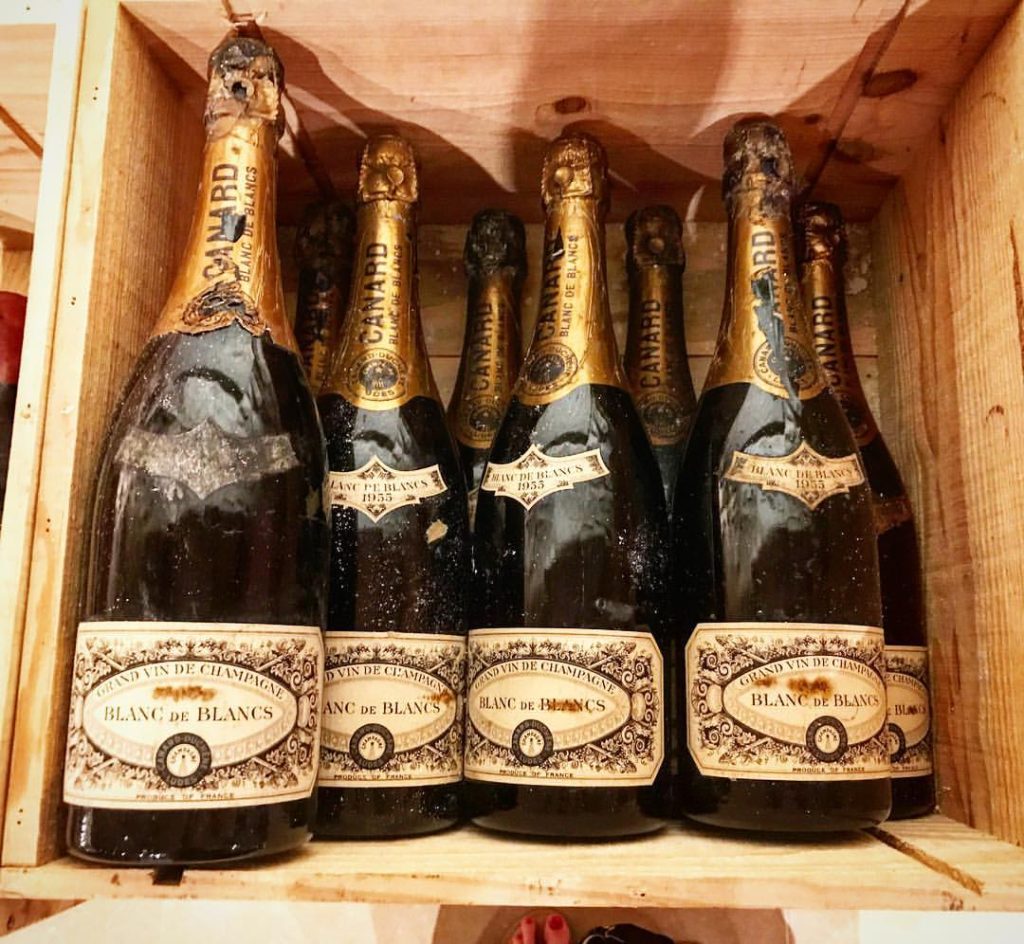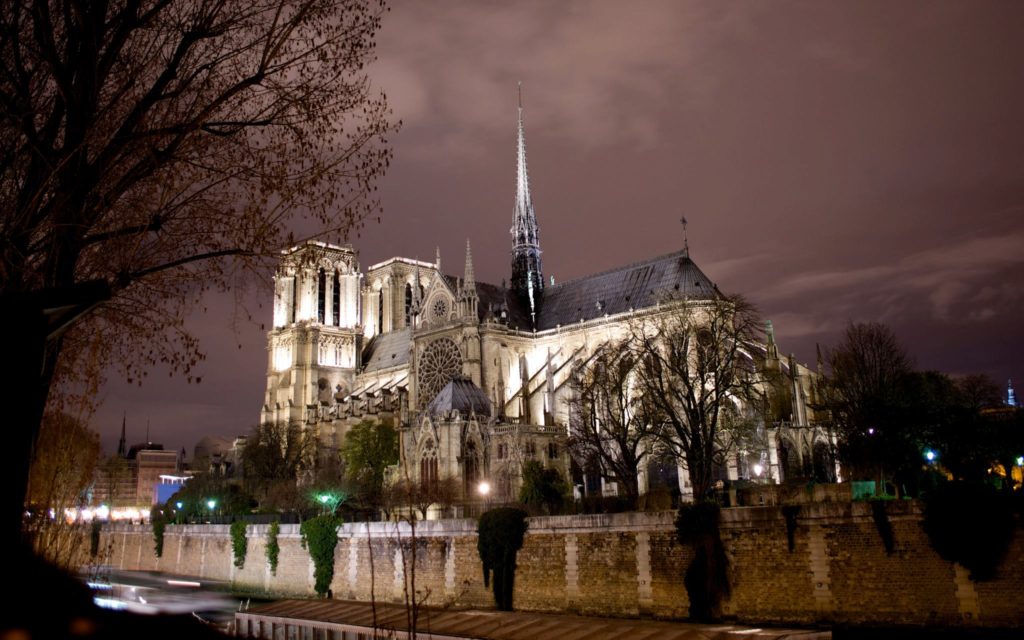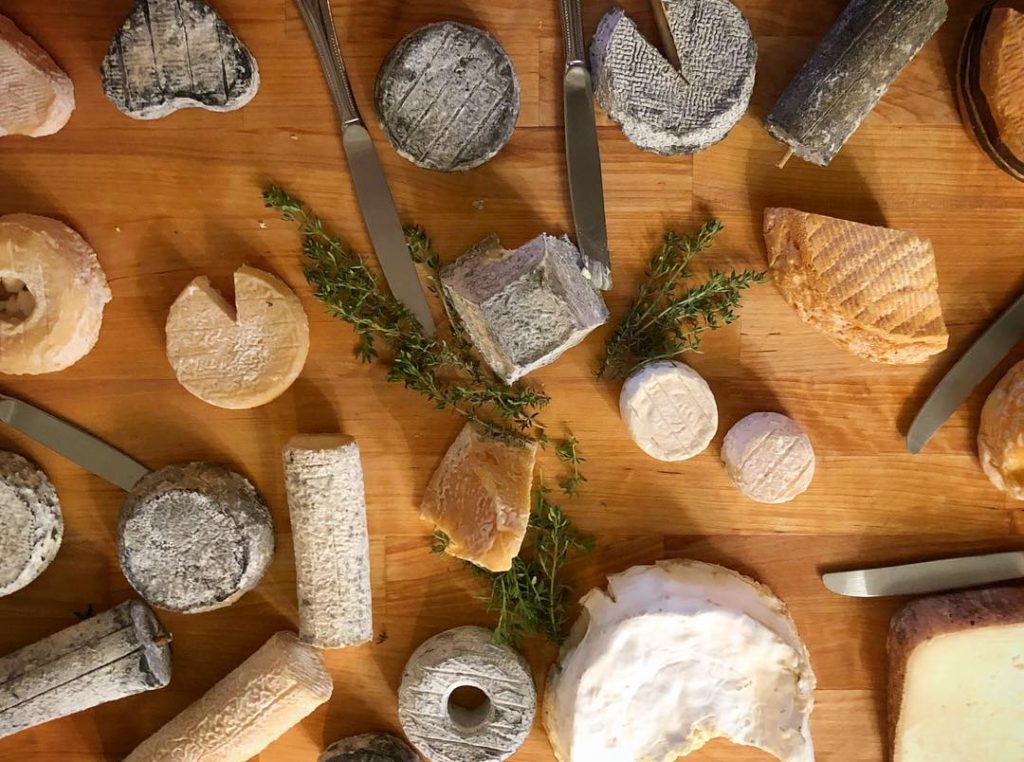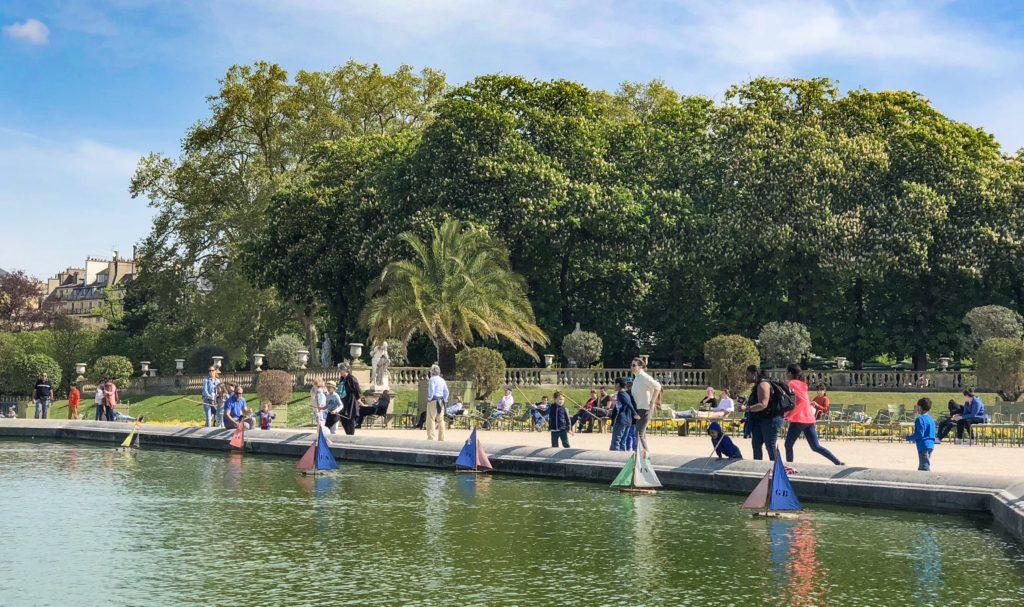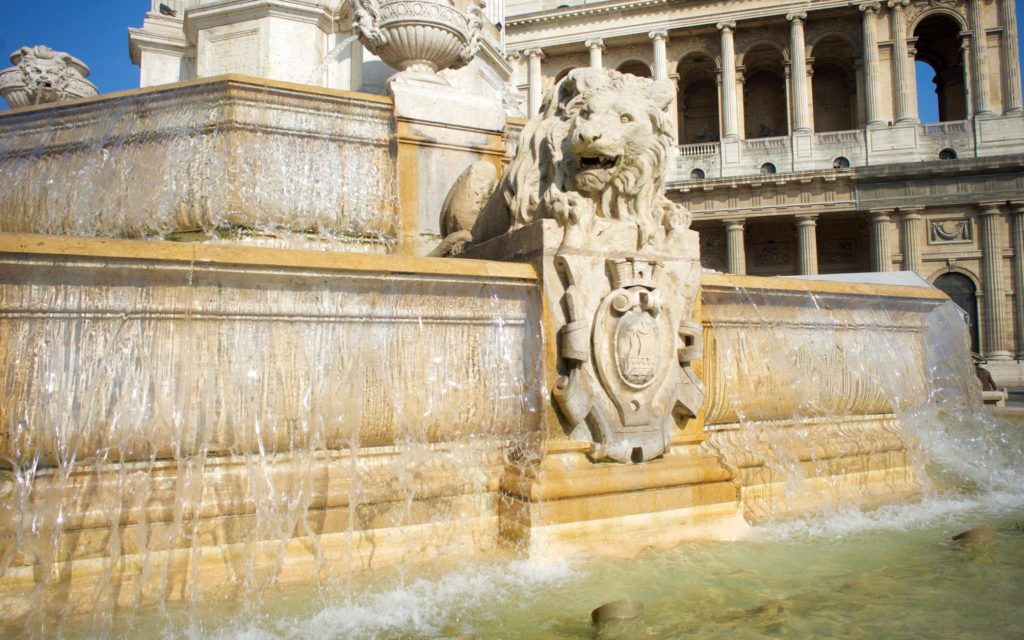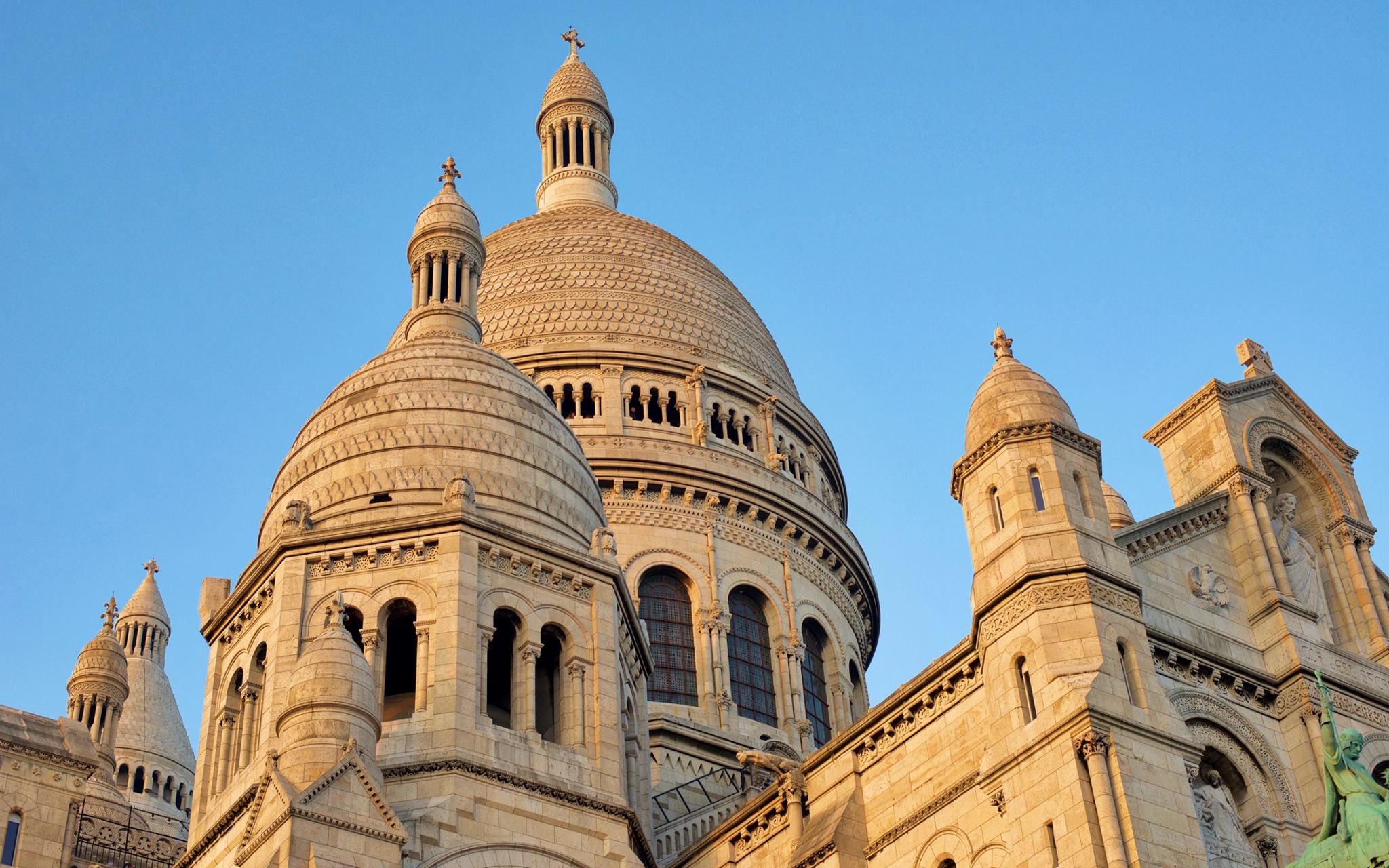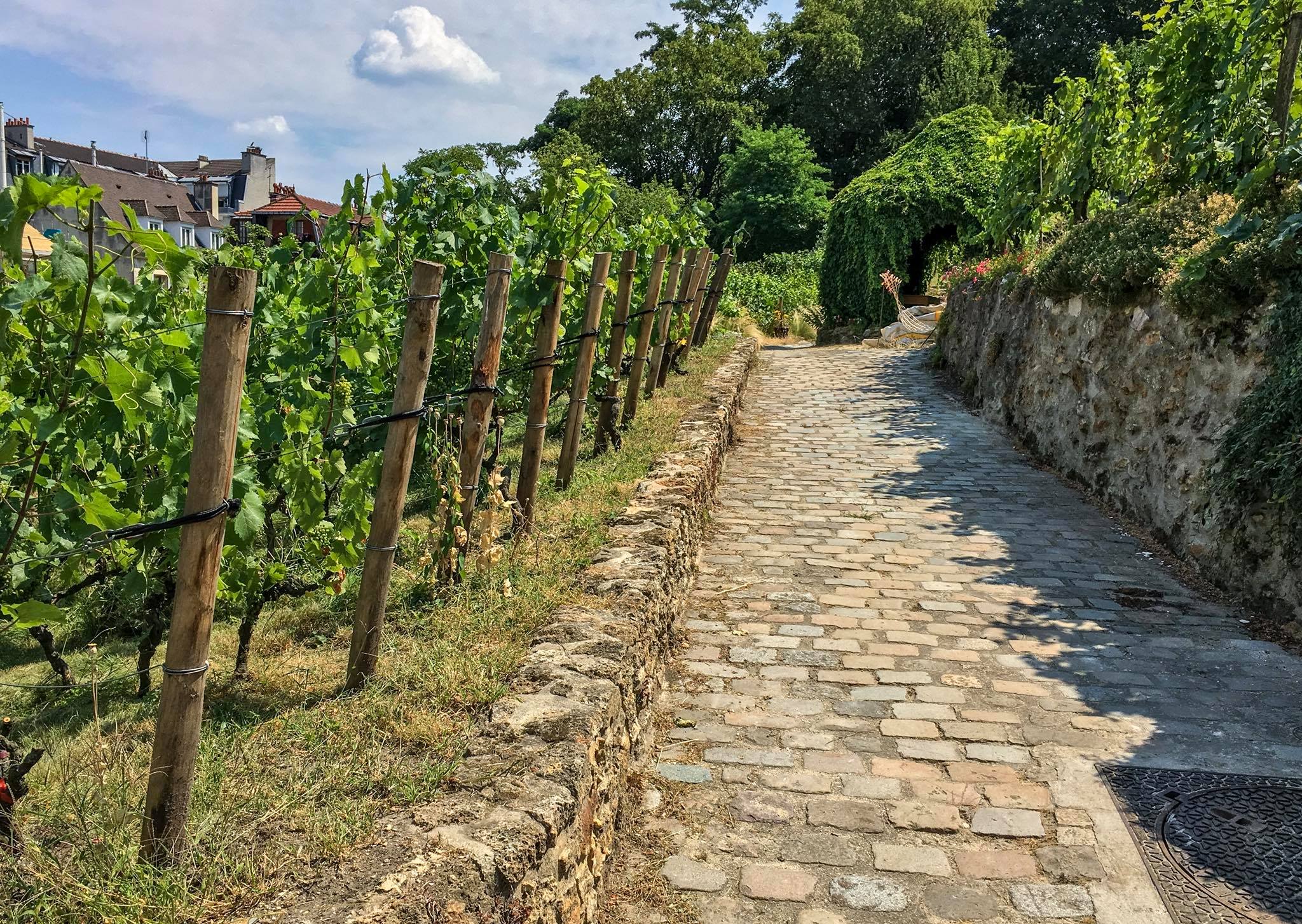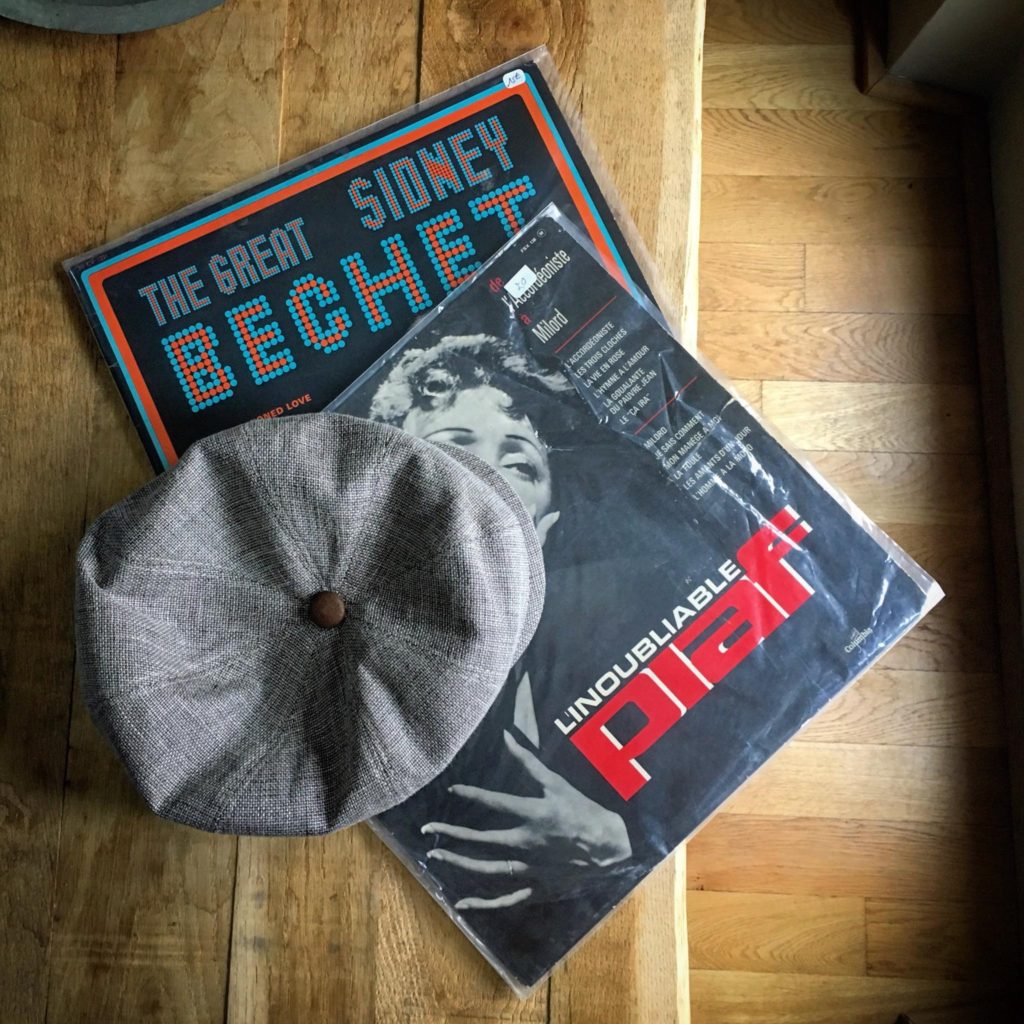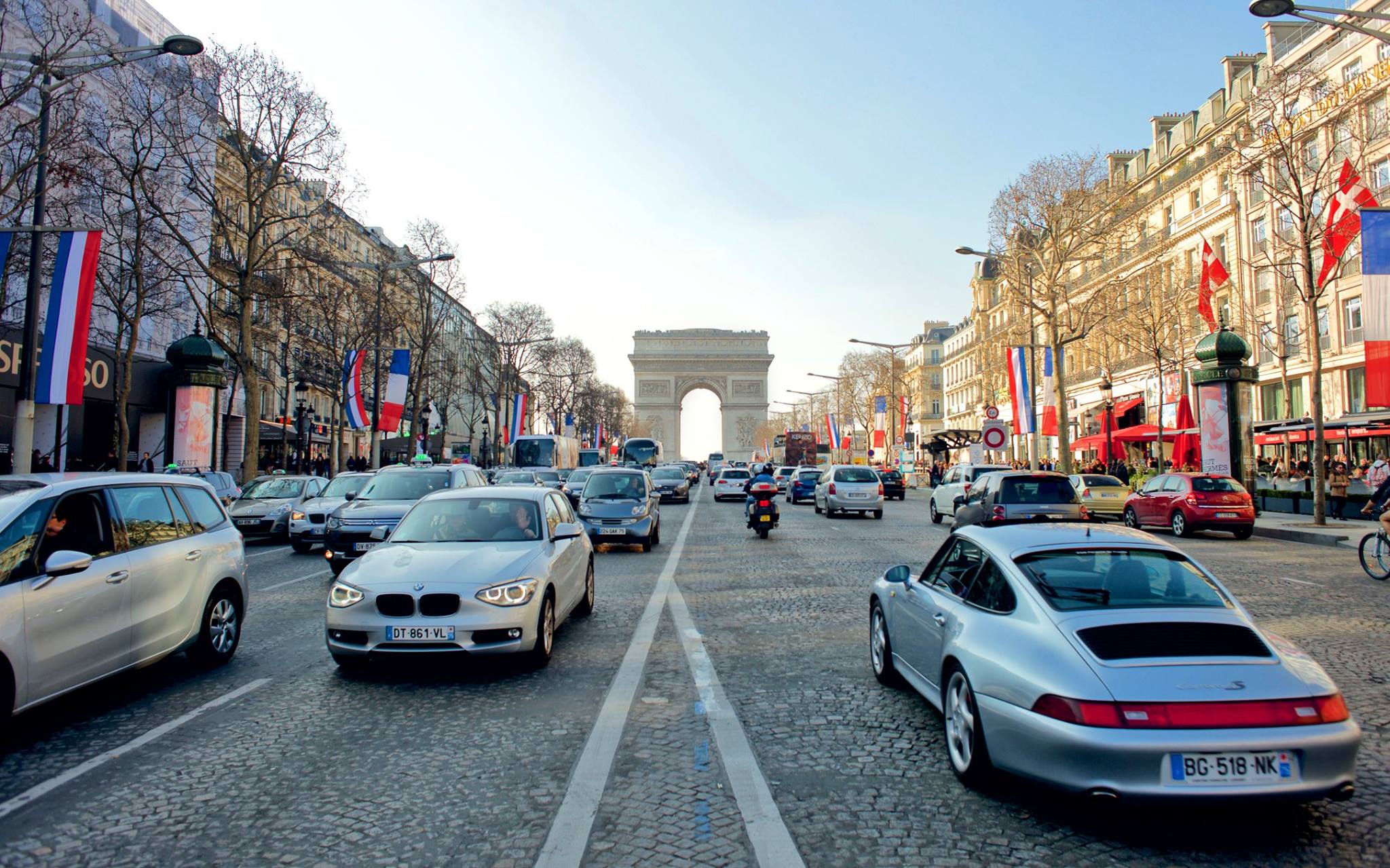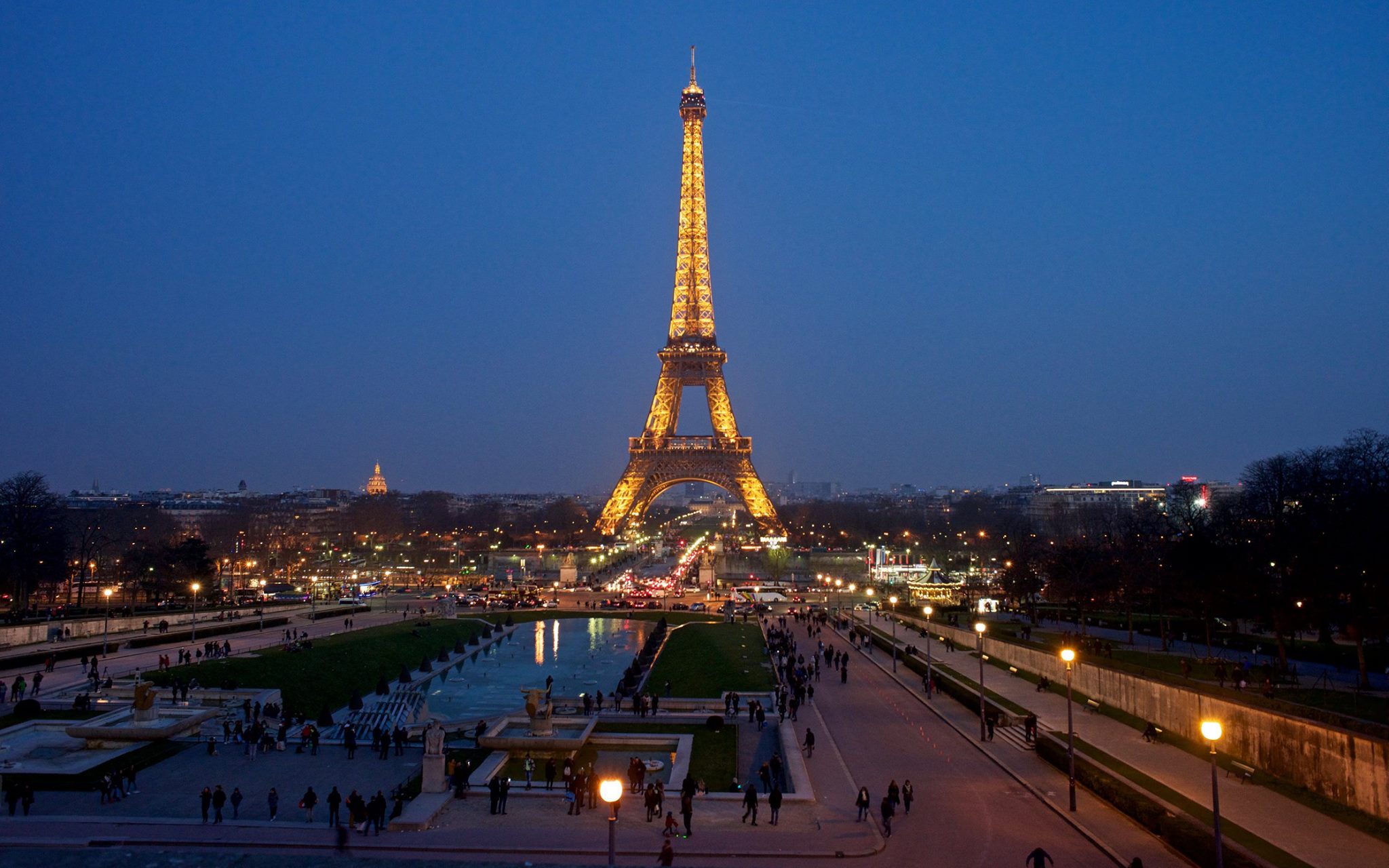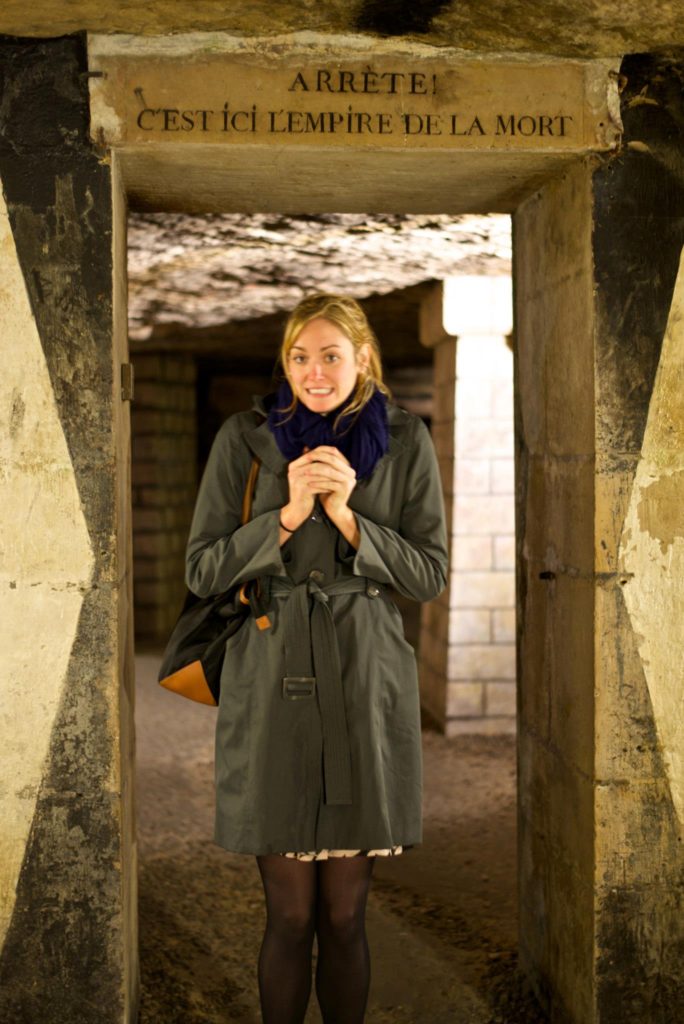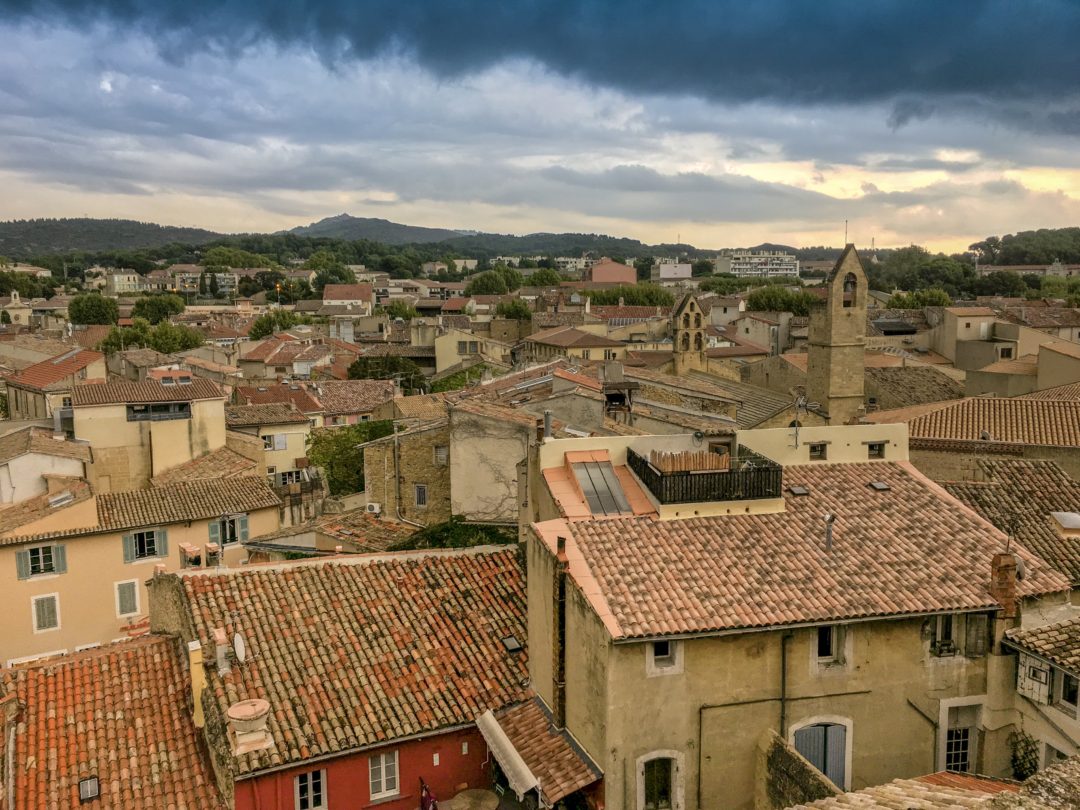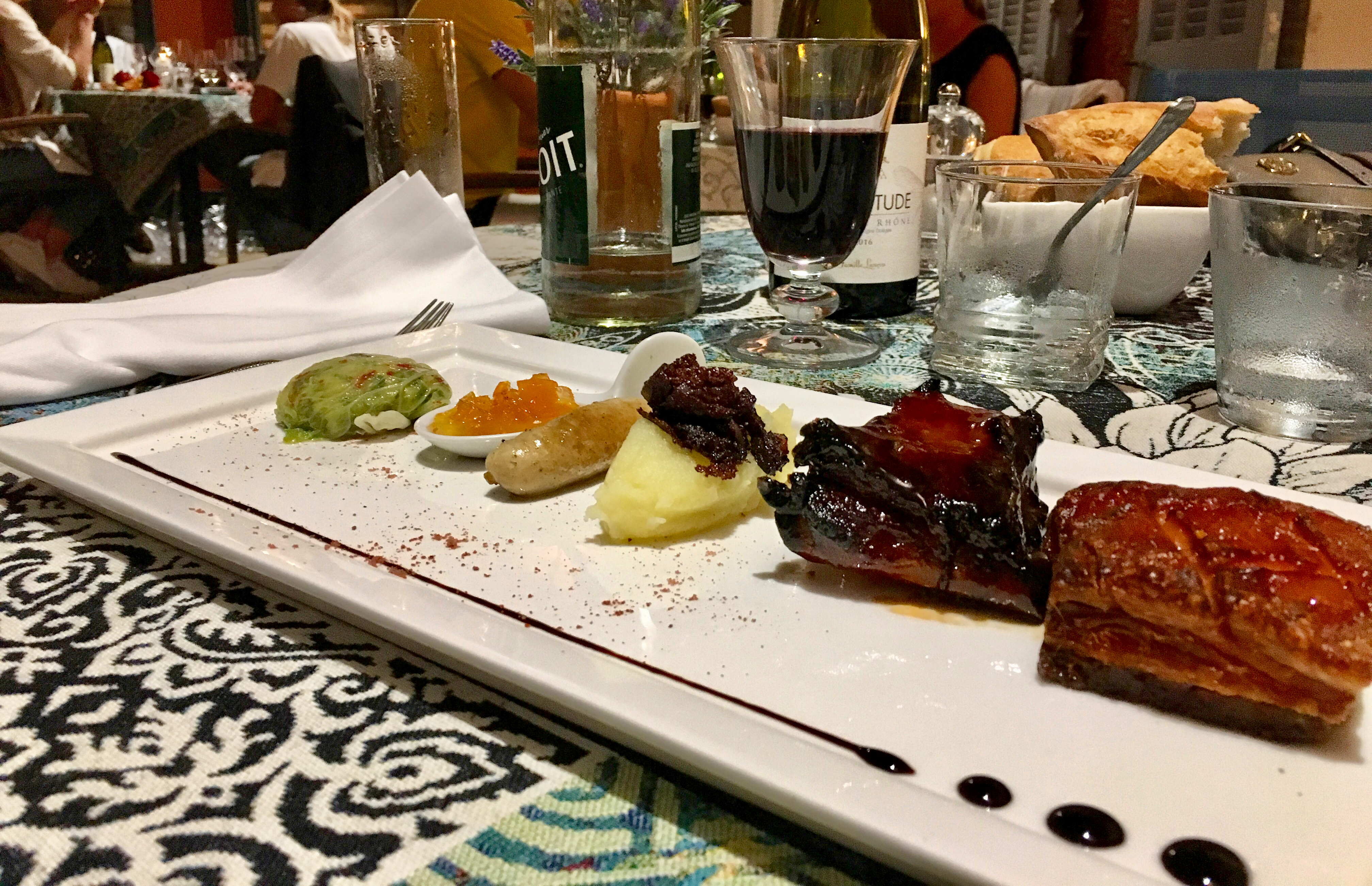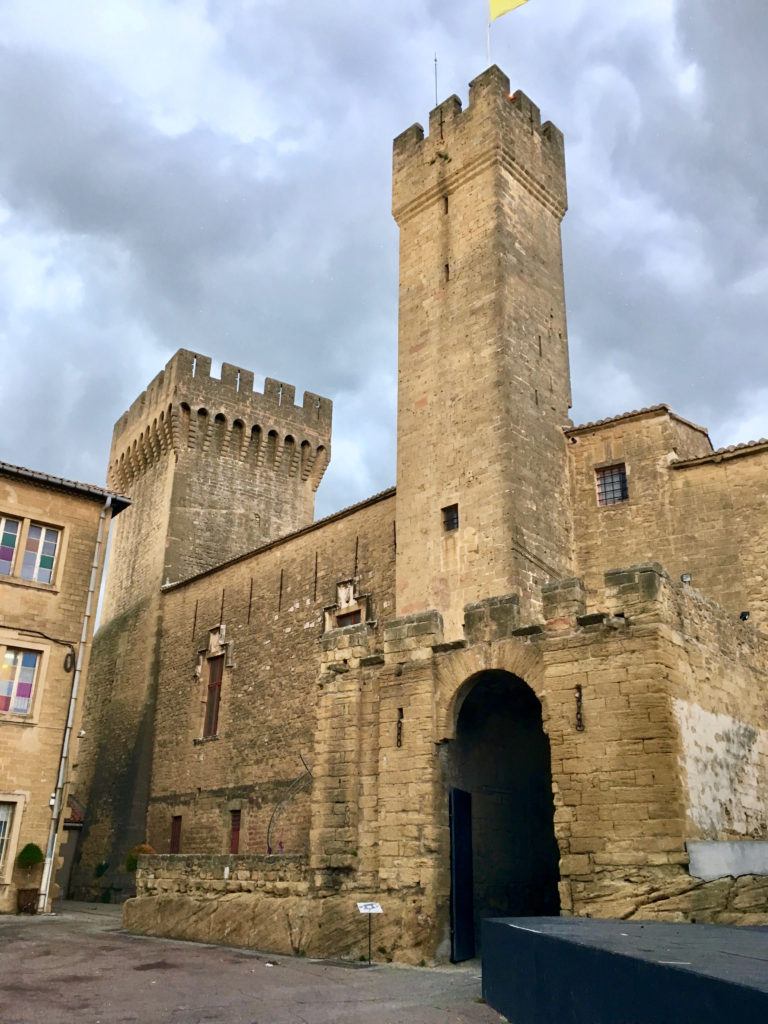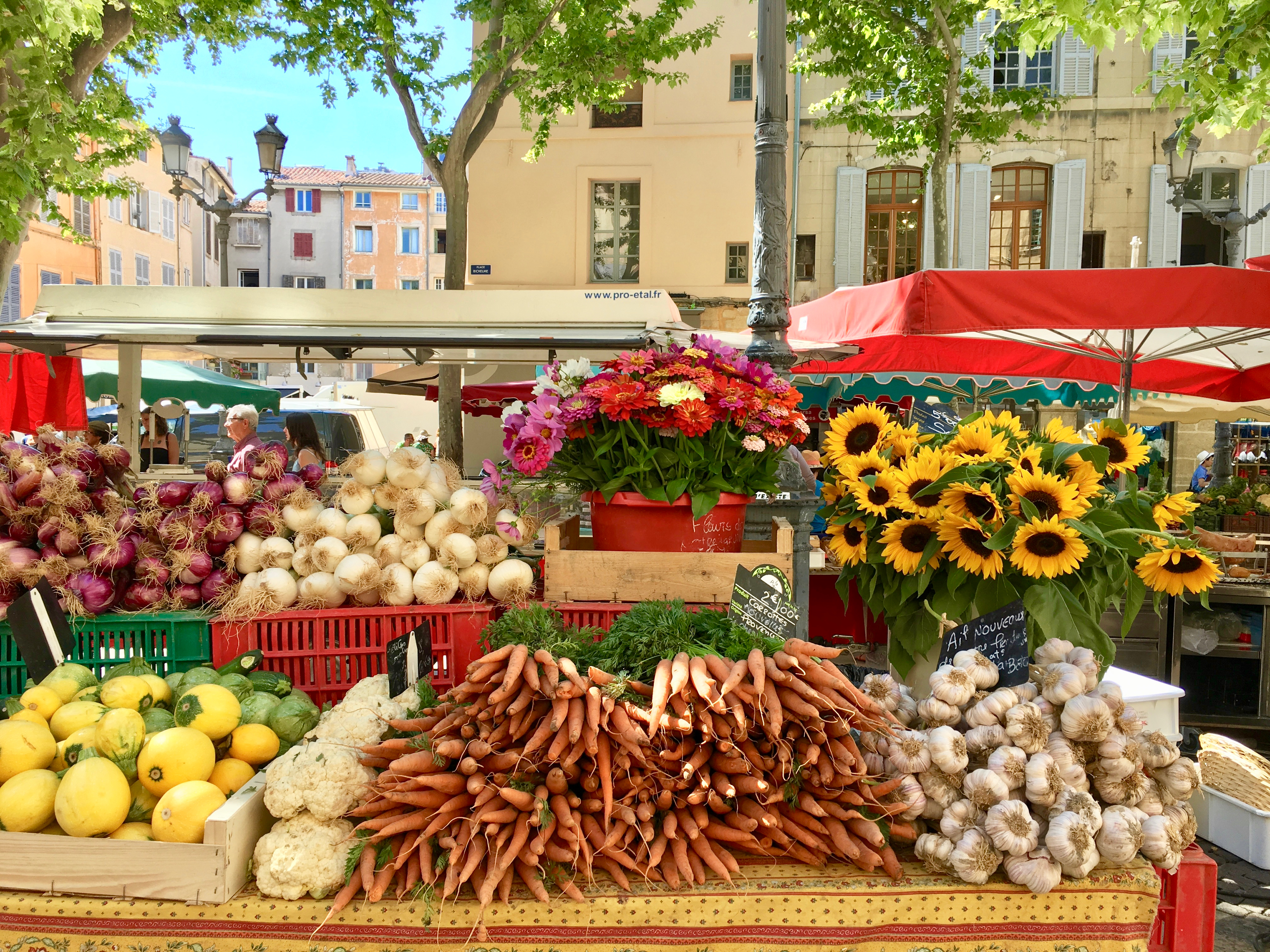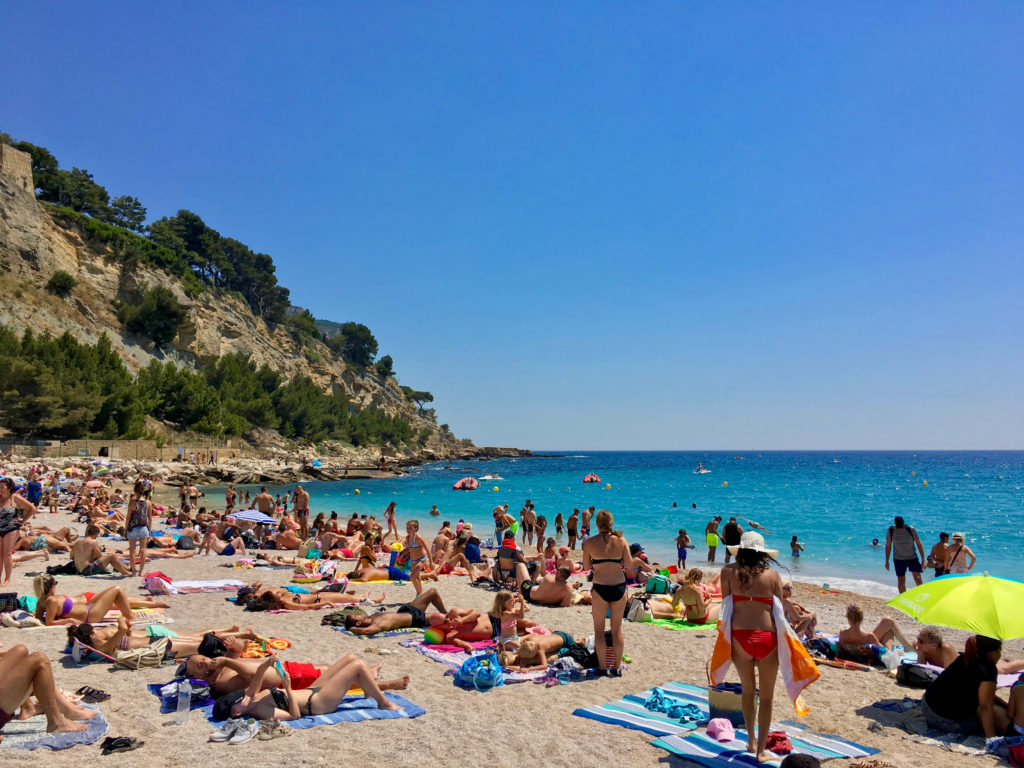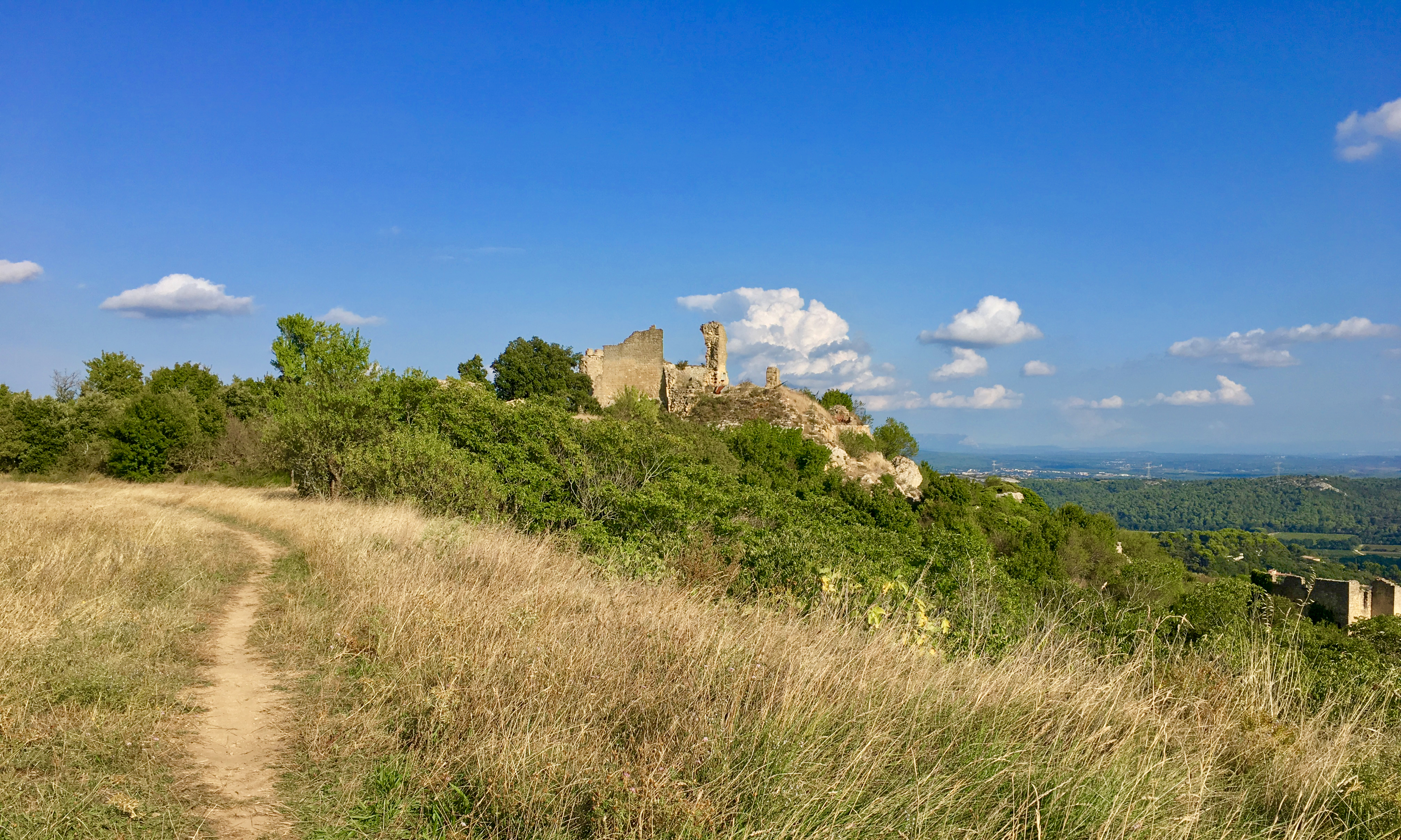Arriving | Car Rentals | Accommodations | Traveling in Europe
The Abbaye de Saint Croix is located just outside of Salon-de Provence—a small town in the middle of Provence, France. The closest airport is Marseille-Provence Airport (about a 35 minute drive) and the closest high-speed train station is Aix-en-Provence (35 minutes). There is also a local train located in downtown Salon-de-Provence. You can rent a car from either the Marseilles Airport, from the Aix Train Station, or from the town of Aix-en-Provence. We recommend Europcar and have never had a problem (more details below). Alternatively, you can contact your hotel about transfers options.
Key Take Aways:
- For the cheapest flights, fly into Paris and book a separate connecting flight to Marseille or take the fast train (TGV) to Aix-en-Provence, where you will rent a car.
- The closest airport to the Abbaye is the Marseille-Provence Airport. You can also fly into Nice.
- If booking train travel, book directly on the OUI.sncf website. We DO NOT recommend EuroRail, these will almost always be more expensive. OUI.sncf also has a mobile app.
- For car rentals we recommend Europcar. You can book through Europcar directly or through Kayak. Make sure to check the pick-up and drop off location (train stations or airports are easiest).
- There is a full list of hotel options below. The Abbaye is 3 mi (4.6 km) drive from the city center, up hill. For those staying at the Abbaye de Sainte Croix or Mas de Lure, Cody or Kim will contact you directly with booking instructions.
- All guest will have full access to the Abbaye and its facilities (swimming pool, games room, etc) from Thursday September 5, 2019 at 3:30pm until Sunday September 8, 2019 12pm.
- The weather is generally warm during the day (highs 78°F/26°C) and cool at night (lows 53°F/11°C).
- French service people will generally speak English, but do not conform to the same norms as American service people. Do not be offended if they are brisk. The best way to get a French person’s attention, is to try to say “bonjour!” before you attempt to start a conversation. This is more polite than saying “excuse me” or “pardon me” even if you speak fluent French!
Arriving
There are may ways to start your travels. Generally, the cheapest flights to France will be directly to Paris. From Paris, you can buy a separate connecting ticket to Marseille or take the fast train (TGV) directly to Aix-en-Provence. This will generally be cheaper than flying directly to Marseille form the US. Alternatively, you can fly into Nice, and take the fast train (TGV) from Nice to Aix-en-Provence. We recommend flying into Paris, and finding your way to Provence via the TGV if you are trying to save money.
Arriving at Marseilles Airport (aka L’aéroport de Marignane on road signs)
Marseilles-Provence Airport (L’aéroport Marseille-Provence) is an hour and 20 minutes flight from Paris and is served by non-stop flights from Paris on Air France and non-stop flights from London on British Airways. The car rental services are located just outside the main terminal (Terminal 1). There are many different options for car rentals and you can find them all here. We recommend Europcar and have never had a problem. Whatever car rental agency you chose, we highly recommend making your reservations ahead of time as it is usually much cheaper. You can book through Europcar directly or through Kayak.
After collecting your car, follow signs to Salon-de-Provence as you leave the airport. The ride is fairly straight forward, and should take between 30-40 minutes. When you are returning to Marseilles airport, do note that on road signs, the Marseilles airport is sometimes called L’aéroport de Marignane. Finally, the airport of Marseille is north of the city of Marseille (30 mins), and not close to any train stations. If you intend to take a local train from Marseille to Salon-de-Provence, you will have to take a bus to the city.
Arriving at Aix Train Station (Aix-en-Provence)
The fast train (TGV) takes three hours to get from Paris to Aix-en-Provence. The TGV train station (Gare d’Aix-en-Provence) is located just outside of Aix, and you will need to take a shuttle or taxi to the city center, if you wish to explore Aix-en-Provence. Book your train tickets through OUI.sncf, this will be cheaper than EuroRail.
There are several options for car rentals at the train station, including Europcar, Enterprise and Sixt. We have always rented from Europcar and have never had a problem. Whatever car rental agency you chose, we highly recommend making your reservations ahead of time as it is usually much cheaper. You can book through Europcar directly or through Kayak. Aix city center is a 15 minute car ride from the train station and you can find more information about shuttles, taxis, and car services you can take here.
Arriving in Nice
Nice Airport is a major international airport with many direct connections to cities in the United States. Nice airport is a 2 hour and 10 minutes drive through beautiful Provence to the Abbaye de Saint Croix. This is a good option if you would prefer to drive. In addition, there are direct trains from Nice to Aix-en-Provence, from there you would drive. Book your train tickets through OUI.sncf, this will be cheaper than EuroRail.
Car Rentals:
There are several options for car rentals at train stations, airports, and within city centers, including Europcar, Enterprise, Hertz, and Sixt. We have always rented from Europcar and have never had a problem. Whatever car rental agency you chose, we highly recommend making your reservations ahead of time as it is usually much cheaper. You can book through Europcar directly or through Kayak.
Things to keep in mind when renting a car:
- Manual transmission cars will be much cheaper, if you know how to operate them.
- For car rentals we recommend Europcar. You can book through Europcar directly or through Kayak. Make sure to check the pick-up and drop off location when booking.
- An American drivers license should be fine. If you are at all concerned, AAA offers international permits for $20 (bring a photo to your AAA location).
- Your American credit card will most likely cover your car insurance (check before travel). If you will be using your card’s insurance, French rental agencies will ask you to sign a waiver for the full value of the car (upwards of 20,000 €), this is normal. If you are uncertain, you can always pay for extra insurance. Please note: if you pay for extra insurance, this will invalidate the coverage offered by your American credit card.
- If for some reason you are renting a car in Italy, always pay for the extra insurance. American credit card companies do not cover Italy. ¯\_(ツ)_/¯
Accommodations:
There are many options for hotels and AirBnBs very close to the Abbaye. For those staying at the Abbaye de Sainte Croix or Mas de Lure, Cody or Kim will contact you directly with booking instructions. All guest will have full access to the Abbaye and its facilities (swimming pool, games room, etc) from Thursday September 5, 2019 at 3:30pm until Sunday September 8, 2019 12pm. We recommend staying in Salon-de-Provence, which is a short 10 minute drive to the Abbaye. We will have a shuttle going to and from the Abbaye on the night of the wedding. We will provide more details on the shuttle closer to the wedding.
Airbnb Options
There are many very affordable Airbnb options in Salon-de-Provence centre-ville. There are also some options for Airbnb options on the hillside near the Abbaye that are larger and come with pools.
Hotel options Salon-de-Provence
-
Chambres d’hôtes Maison Auguste (~ $130/night)
68 rue Auguste Girard, Salon-de-Provence, France -
Hotel Vendome (~$70/night)
34 rue du Maréchal Joffre, Salon-de-Provence, France -
Logis Hotel du Midi (~$68/night)
518 Allées de Craponne, Salon-de-Provence, France -
Grand Hôtel De La Poste (~$75/night)
1, Rue Des Frères Kennedy, Salon-de-Provence, France -
ibis Salon de Provence Hotel (~75/night)
752 Avenue du 18 Juin 1940, Salon-de-Provence, France -
Campanile Salon-De-Provence (~$80/night)
994 Chemin de la Croix Blanche, Salon-de-Provence, France
Guest Houses
- Les Volets Bleus Provence Guesthouse (~$138/night)
135 Boulevard de Frigolet, Salon-de-Provence, France
- Le Mas des Vergers
Chemin de la Miette, Salon de Provence (~$120/night)
General Travel Advice for Europe
Phone
You should check with your phone carrier about data/roaming charges while you’re abroad and you should be sure and turn off your cell data before you land. Some providers like Verizon offer international packages for around $10 per day. Please, check and request such packages before you leave. If you want to buy a local sim, which we recommend, we like Orange’s Holiday Plan, which costs €39.99 and gives you 120 international min + 1000 texts and 10GB of mobile data for 14 days. The sim works in France and all over Europe if you are planning on traveling further afield. The sim is easily rechargeable. We have been using the same one for over a year. There is an Orange shop in Salon-de-Provence at 1 Boulevard de la République.
Money
The euro is currently at 1.14 dollars, but check the latest rate before you change money. There are several ATMs in Salon-de-Provence you can use. We do not recommend changing lots of dollars to euros in America. You will always get a better rate from an ATM in-country. Many places in France do not take credit cards – such as taxis – so we recommend that you always carry some Euros. Uber also works in most of France. Just remember that unless you have a no-foreign-transaction-fee debit or credit card, you will be charged a commission by both the French bank and your bank. We recommend calling your bank in advance and letting them know you’ll be abroad and asking about your fees. AMEX cards work for things like car rentals and at big hotels, but we recommend having a Master Card or Visa for day to day transactions.
Restaurants
Please remember that most restaurants in France are only open for lunch from around 12-2 PM and dinner from 7-9 PM. We advise to plan accordingly as it can be difficult to find food outside of these times. We strongly highly recommend making a reservation for dinner as most restaurants require them. Food and drink in Salon-de-Provence are very affordable.
Tipping
Many restaurants add around 10% service charge, but rounding up to the nearest euro is always appreciated. Rounding up for taxi drivers is also very nice.
Outlet/Power
France uses plug types C and E, primarily, and all outlets are 220-240 v. You will only need a simple plug adapter for devices like cell phones, tablets, and laptops, as most battery operated devices accept voltage ranges form 120-240v. If you are bringing anything which requires more amperage (like a hair dryer or curling iron) you will need a converter which changes the voltage (step down converter). For Apple devices, you can also simply change the plug types with travel kit.
Weather
We are keeping our fingers crossed for some nice weather! The weather during the day should be a warm and beautiful mid-80s. The weather at night will be a cool and in the low-60s. Remember that all the wedding events will take place on a hillside and so there will be a breeze. We recommend light jackets or shawls for evening events.


